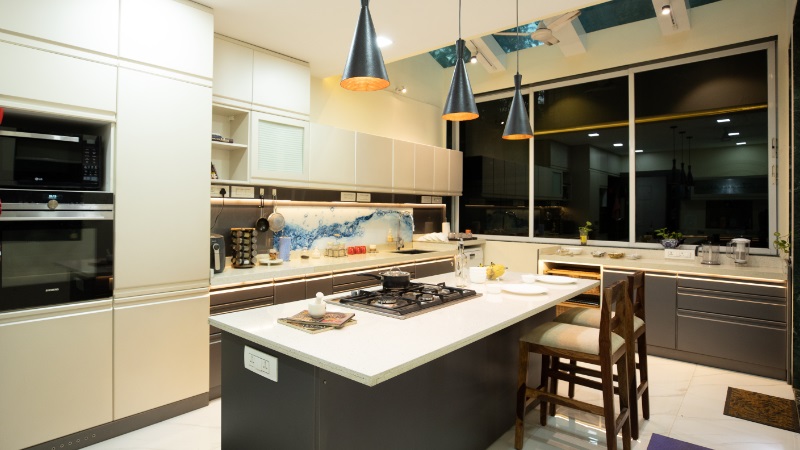Just as an architect is imperative for constructing a house, so is he/she needed to design the kitchen for that house. Architects are complete technocrats, with in depth knowledge of space and armed with the technicalities for the best utility of that space. Their training comprises techniques of visualization, firing imagination and creativity to produce innovative designs. They work on the principle ‘If it can be imagined, it can be drawn; if it can be drawn, it can be built.’
They are true artists, in that they first imbibe the clients’ desires/requirements into their subconscious before putting pencil to drawing sheet. Then they ‘BECOME’ the space and allow their artistic creativity to ‘TALK’ to them on behalf of the client. With their keen eye they visualize/imagine hundreds of permutations and combinations of each aspect of kitchen design, viz. dimensions, materials, shapes, sizes, colours, hues and shades, patterns, graphics etc. Of course, at no point of time do they allow their creativity to run amok, beyond the frontiers of ‘build ability.’ The result is a work of art, a modular kitchen, a manifestation of the client’s desire brought to life.
KITCHEN DESIGN BY THE LAYMAN
On the other hand, an ordinary carpenter or contractor can only erect what the client tells him to. His suggestions are limited and subject to his minimalist technical knowledge, bits and pieces of information gathered from here and there over the years. At the most, he scribbles his ideas on a writing pad that are not only untrue to scale, but offer no clear view of the finished product. Days and sometimes even weeks pass in messy clutters in the kitchen and disturbed routines in the house. Such unqualified laymen’s work is mostly faulty and lacking in finesse, which leaves the client confused, dissatisfied and regretful.
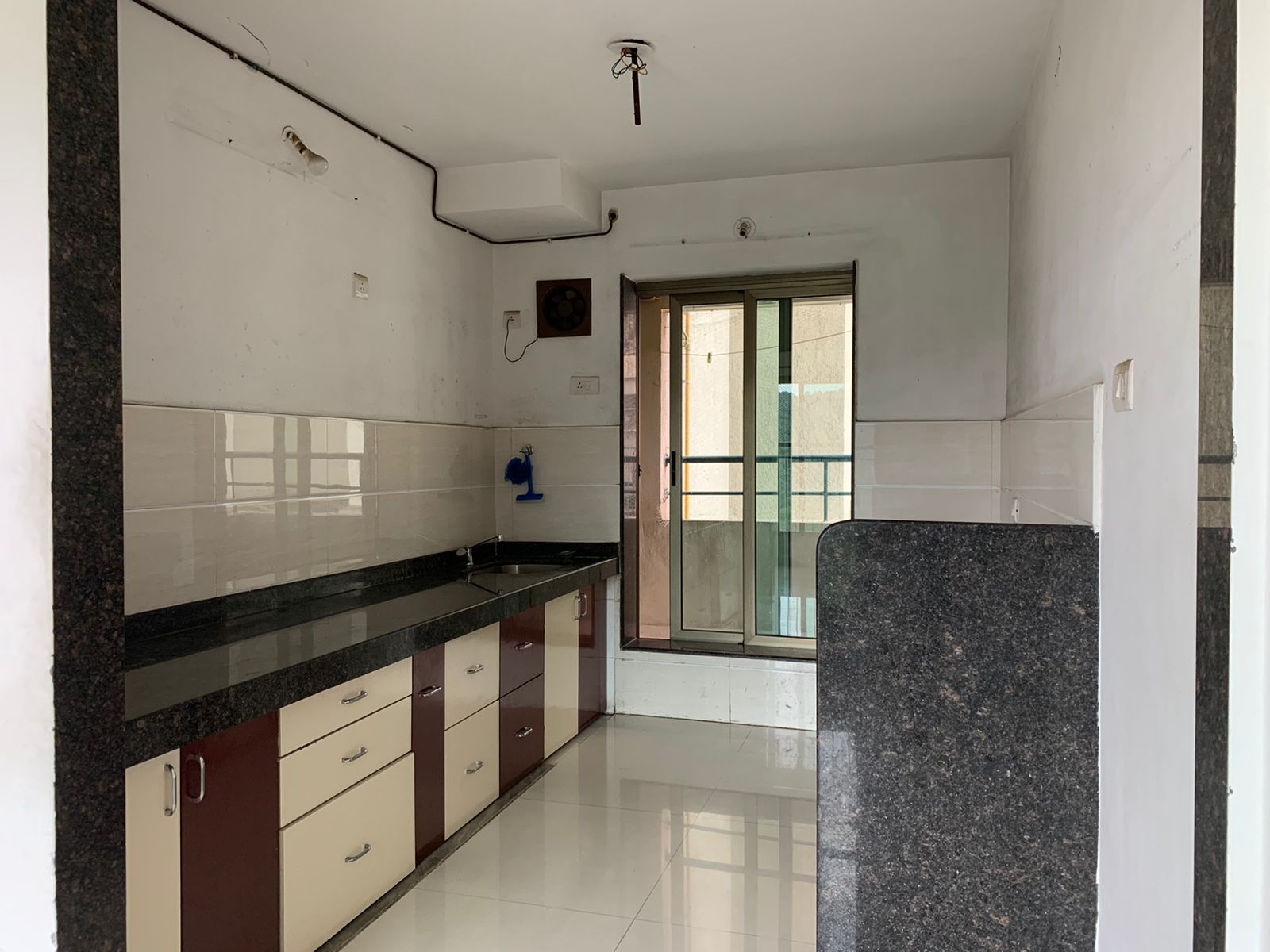
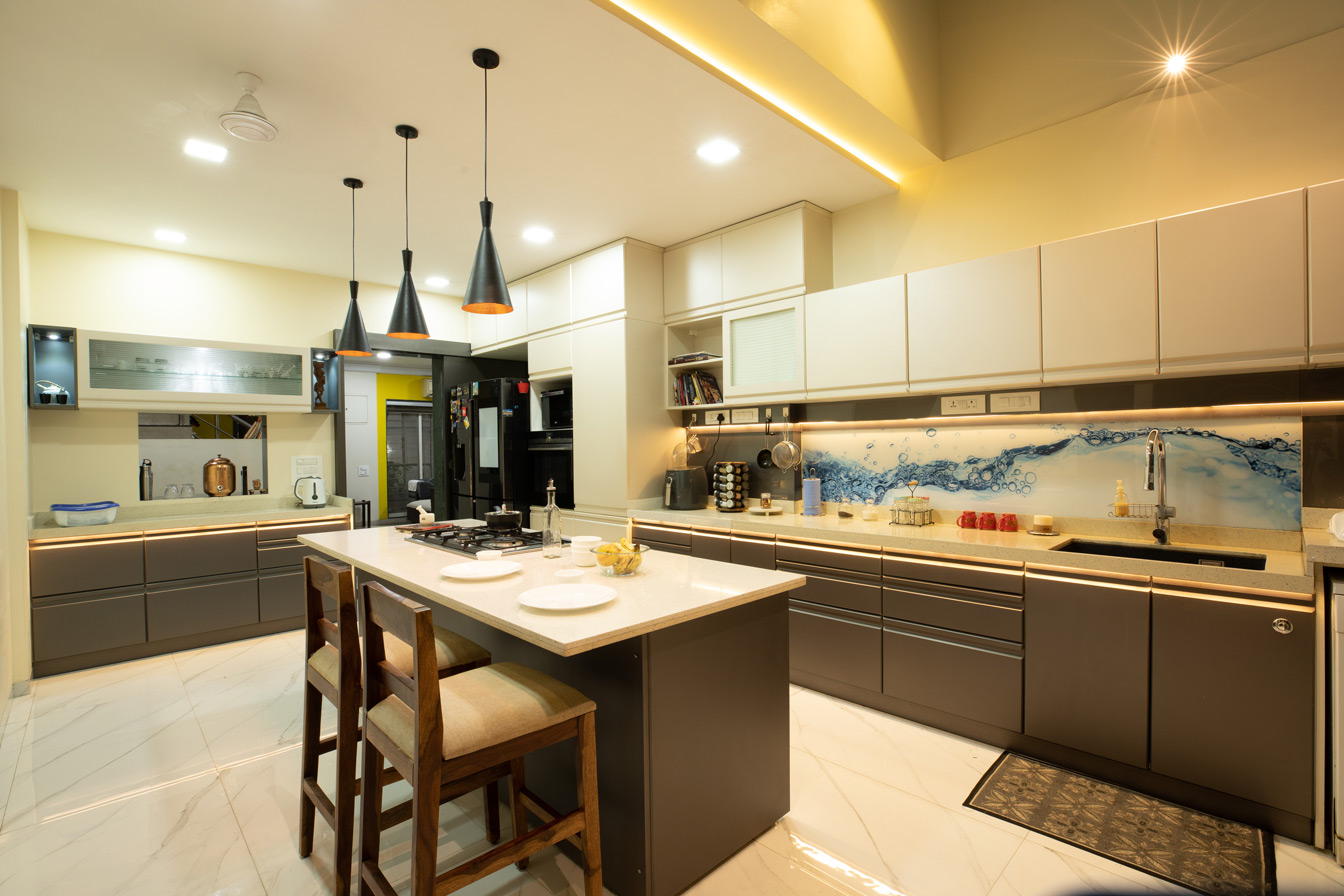
ARCHITECTURAL PERSPECTIVE IN KITCHEN DESIGN
There are numerous reasons why an architectural perspective is imperative for designing a kitchen, or anything else for that matter. An architect is thoroughly equipped to envisage the product well before it is executed as well as the technical nuances of overcoming spatial drawbacks. He offers various options to the client vis-à-vis the product’s strength, durability, utility, aesthetics, and of course, the cost factor. The client is introduced to a whirlwind world of fascinating ideas and appealing designs. After extensive consults with the client about the best possible choice, the architect puts it all down on drawing paper, with the precision of a neurosurgeon, towards every minute detail. He/she augments his creation with 3D images to enable the client to see how the kitchen will look after completion. The resultant designer kitchen fits seamlessly into place, and reflects the client’s personality for years.
CHALLENGES IN KITCHEN DESIGN
A kitchen designed by an architect lasts much longer than one made by a carpenter/mason. Moreover, for the most part Indian kitchens are non-standardised, unlike in European countries or even Tier II Indian cities’ houses constructed in the last decade. A very wide range of flat designs in the same building makes standardizing kitchens extremely difficult. In today’s smaller homes an architect’s perspective in kitchen design assures the client of maximum utilisation of limited carpet area space, such that not an inch of the precious commodity is wasted.
Another interesting aspect is that different members in the house have vastly different tastes and preferences regarding their kitchens. The mother looks for convenience; the sister wants something funky, while the grandmother would prefer that old-world, homely feel to the kitchen. The man of the house is of course most concerned about economy. Ideas about sizes, shapes styles, colour tones, materials, finishes etc fly thick and fast. The architect takes inputs from all quarters and plays around with different combinations of designs. He/she uses his/her expertise to tactfully weave a design that incorporates a little of everybody’s wishes to create a designer, modular and innovative kitchen that is stunningly individual, yet reasonably collective.

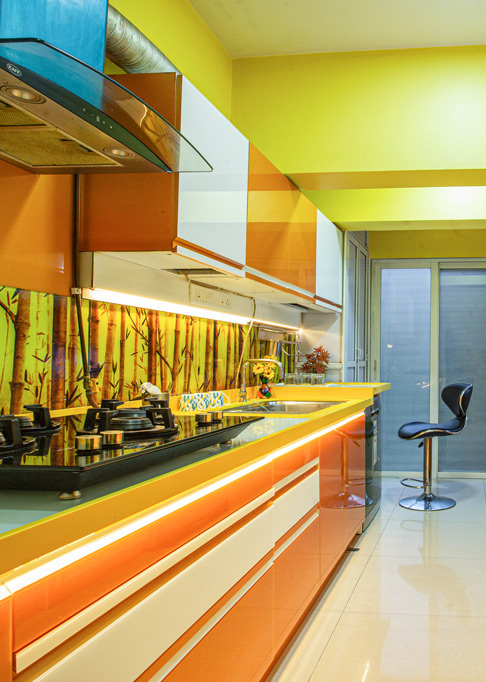
KITCHEN DESIGN AND VASTU
A stark characteristic of Indians is the religious, almost sacred importance they give to Vastu Shastra, the ancient Indian science of architectural regulations. People are emotionally bound to this science’s principles of directions, positions, shapes, dimensions and even colours of stoves, altars, sinks and basins, water faucets, drain outlets etc. An architect is the only artisan who inherently understands the Vastu of the place and can design a kitchen that is most compliant with the Shastra, without compromising on other facets like convenience, space utilisation, modernism and aesthetic appeal.
Notwithstanding the initial investment involved, an architect’s perspective to a kitchen combines all the benefits to produce a dream kitchen – the crux of the house where on the hearth is cooked nourishment for the body, mind and soul. And finally, when the architect himself designs AND manufactures kitchens, it is enhanced to the next level of excellence in every sense. For, isn’t the kitchen the soul of the mother, the care of the sister, the haven for the brother and strength of the father?
Related Posts

Promkraft Factory Virtual Tour
Hi guys! Hope you are doing well. Have you ever wondered what it would be like to see how your modular kitchen is...
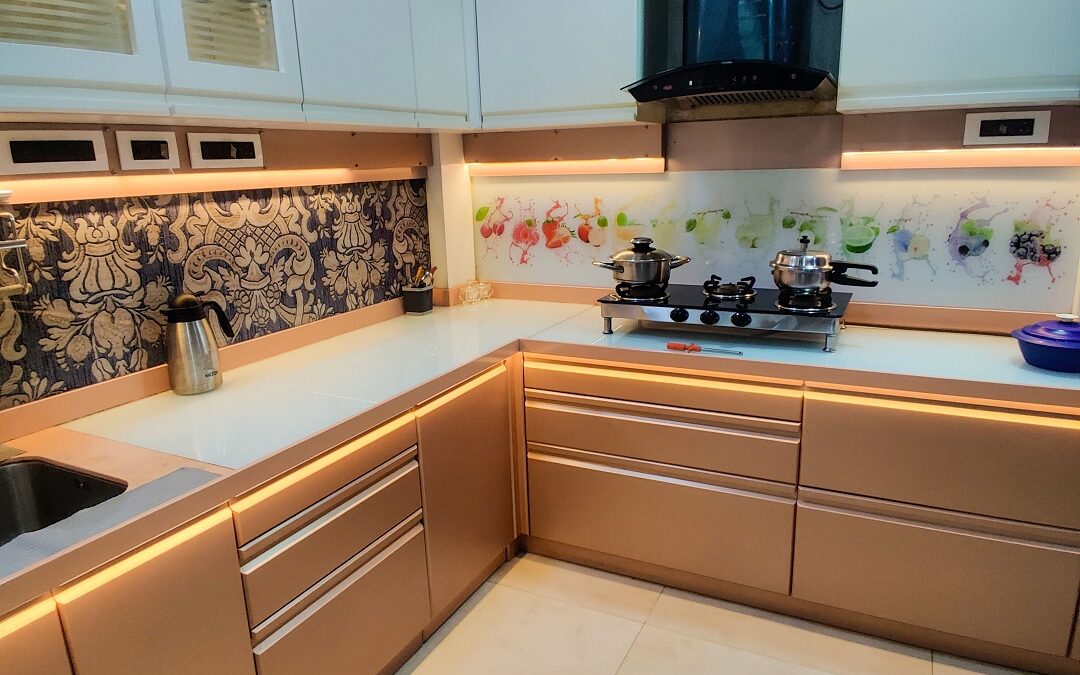
Glass Top – The Most Unique Kitchen Platform
Hola, amigos! All good? At the apparent fag end of the pandemic, when the whole world is beginning to return to normal...

Promkraft Factory Virtual Tour
Hi guys! Hope you are doing well. Have you ever wondered what it would be like to see how your modular kitchen is...

Which Unique Design To Choose For A Classy And Luxurious Kitchen Look?
Once upon a time, and for a very long time, Indian kitchens were dreary disorganized workrooms, conspicuously hidden...

